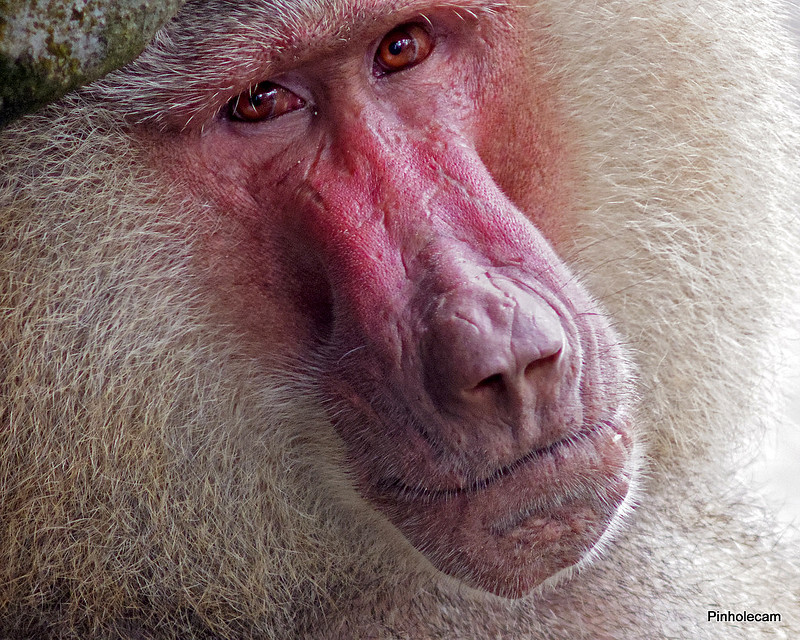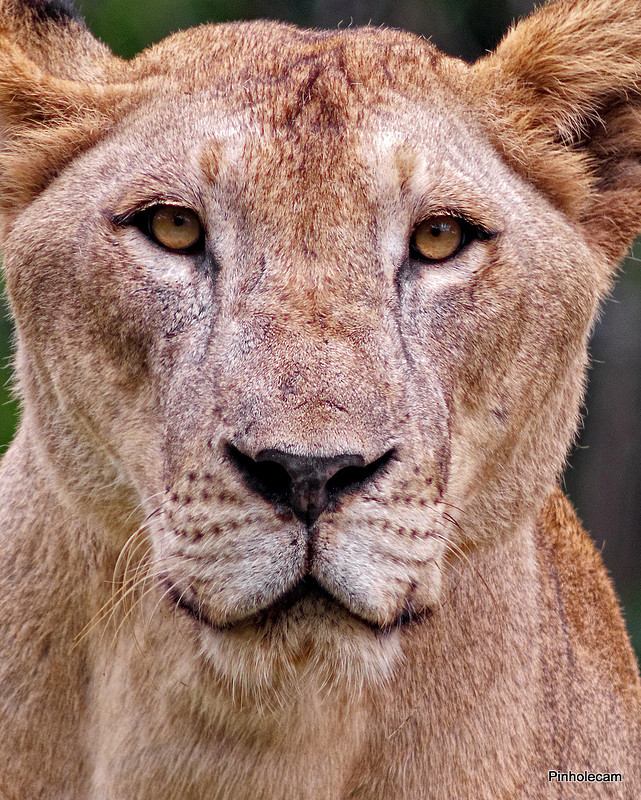I understand when a PNS camera says 50x zoom. It is the max focal length divided by min focal length.
So in theory, at 28mm wide angle, the max focal length is 1400mm. This would be sufficient to shoot a person standing 50m away, to be filled up a photo.
When it comes to DSLR (esp FF), 28-1400 mm zoom is not possible (I could be wrong ?). So what would take a tele-zoom to take similar picture ?
Would a 70-300mm sufficient ? Or at least a 200-400mm ? Why do you advise if I need to shoot animals in the zoo / safari or corner of a temple roof ?
Why is it possible for the PNS (compact) to do so ? Is it because of the small sensor, which is good in long disctant cover, but bad in wide angle ? Which I read some article the difference of a FF and APS-C ?
So in theory, at 28mm wide angle, the max focal length is 1400mm. This would be sufficient to shoot a person standing 50m away, to be filled up a photo.
When it comes to DSLR (esp FF), 28-1400 mm zoom is not possible (I could be wrong ?). So what would take a tele-zoom to take similar picture ?
Would a 70-300mm sufficient ? Or at least a 200-400mm ? Why do you advise if I need to shoot animals in the zoo / safari or corner of a temple roof ?
Why is it possible for the PNS (compact) to do so ? Is it because of the small sensor, which is good in long disctant cover, but bad in wide angle ? Which I read some article the difference of a FF and APS-C ?




